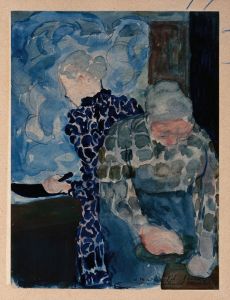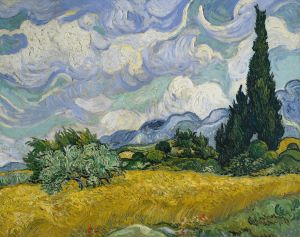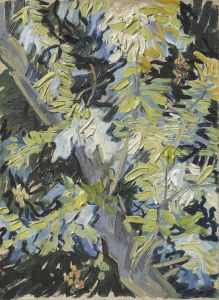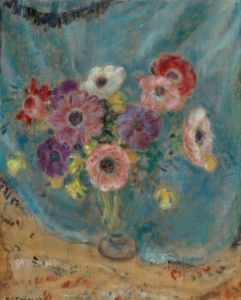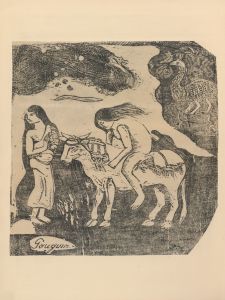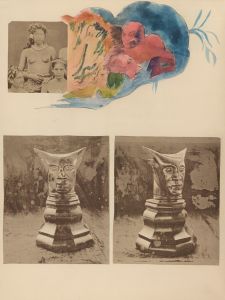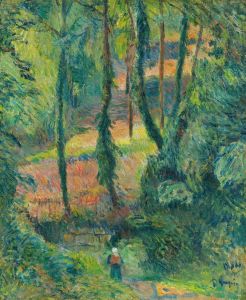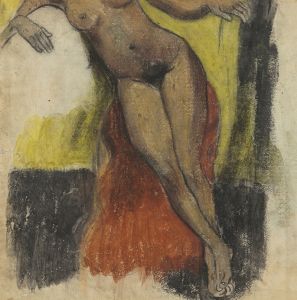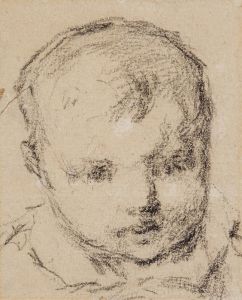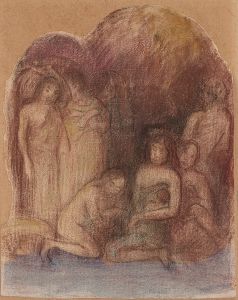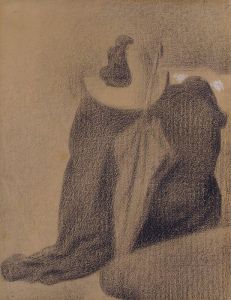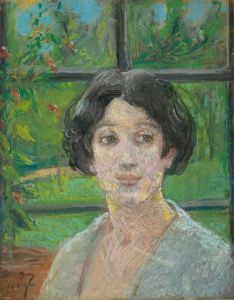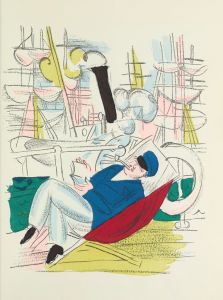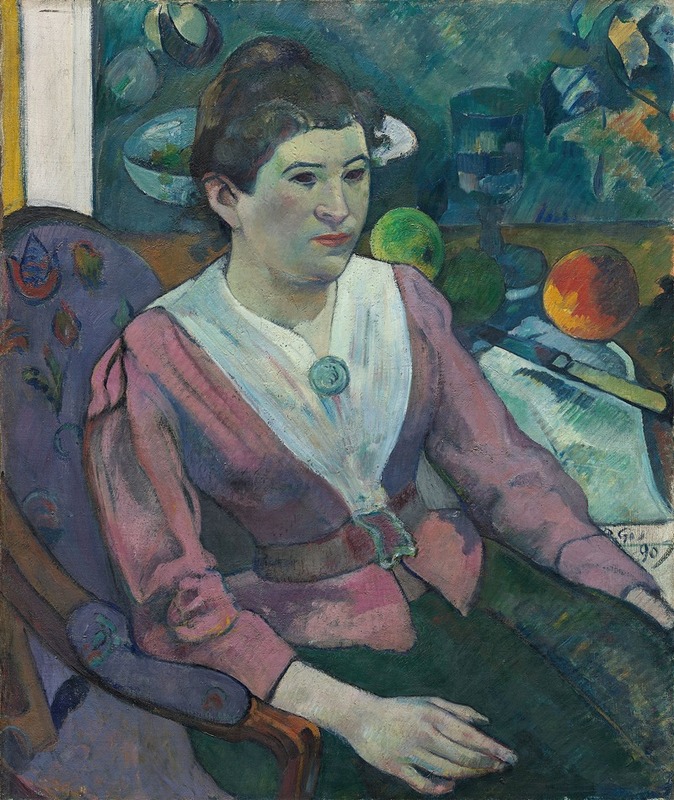
Woman in front of a Still Life by Cézanne
A hand-painted replica of Paul Gauguin’s masterpiece Woman in front of a Still Life by Cézanne, meticulously crafted by professional artists to capture the true essence of the original. Each piece is created with museum-quality canvas and rare mineral pigments, carefully painted by experienced artists with delicate brushstrokes and rich, layered colors to perfectly recreate the texture of the original artwork. Unlike machine-printed reproductions, this hand-painted version brings the painting to life, infused with the artist’s emotions and skill in every stroke. Whether for personal collection or home decoration, it instantly elevates the artistic atmosphere of any space.
"Woman in front of a Still Life by Cézanne" by Paul Gauguin is an intriguing artwork that reflects the complex interplay of influences and artistic dialogues in the late 19th century. Paul Gauguin, a leading figure in the Symbolist movement and Post-Impressionism, is known for his bold use of color and synthetist style that sought to express the artist's emotional response to the subject rather than a mere representation of reality.
This particular painting, created in 1890, is a testament to Gauguin's admiration and respect for his contemporary, Paul Cézanne. Cézanne, often referred to as the "father of modern art," was renowned for his innovative approach to form and color, which laid the groundwork for the transition from 19th-century artistic concepts to a new and radically different world of art in the 20th century. Gauguin's painting not only pays homage to Cézanne but also demonstrates the influence of Cézanne's work on Gauguin's own artistic development.
The painting features a woman positioned in front of a still life, a genre that Cézanne famously explored and revolutionized. Gauguin's choice to incorporate a still life within his composition is a direct nod to Cézanne's mastery of the form. The woman in the painting is depicted with Gauguin's characteristic use of bold colors and simplified forms, which contrasts with the more structured and analytical approach typically associated with Cézanne's still lifes. This juxtaposition highlights Gauguin's unique ability to blend influences while maintaining his distinct artistic voice.
Gauguin's work during this period was marked by a search for purity and a desire to escape the confines of European artistic conventions. His travels to Tahiti and other parts of the Pacific were motivated by this quest, and his experiences there profoundly influenced his art. However, "Woman in front of a Still Life by Cézanne" was created before these travels, during a time when Gauguin was still deeply engaged with the European avant-garde scene.
The painting is also reflective of Gauguin's broader interest in the relationship between the human figure and the surrounding environment. By placing the woman in front of a still life, Gauguin creates a dialogue between the animate and inanimate, exploring themes of presence and absence, life and art. This thematic exploration is a hallmark of Gauguin's work and contributes to the painting's enduring intrigue.
"Woman in front of a Still Life by Cézanne" is housed in the Musée d'Orsay in Paris, a museum that holds an extensive collection of Impressionist and Post-Impressionist masterpieces. The painting is an important piece within Gauguin's oeuvre, offering insight into his artistic influences and the dynamic interplay between two of the most significant artists of their time.
In summary, "Woman in front of a Still Life by Cézanne" is a fascinating work that encapsulates the artistic dialogue between Paul Gauguin and Paul Cézanne. It serves as a testament to Gauguin's respect for Cézanne's innovations and his own evolving artistic vision, making it a significant piece in the study of Post-Impressionism and the broader history of modern art.





